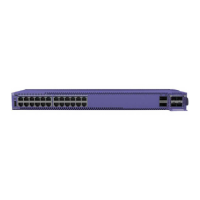Figure 154: Switches Connected to Each Other in a Ring Topology
Note that, while a physical ring connection may be present, a ring active topology exists only when all
nodes in the stack are active.
Daisy Chain Topology: Not Recommended for Stacking
Stackable switches can be connected in a daisy-chain topology. This is a ring topology with one of the
links disconnected, inoperative, or disabled. A daisy chain can be created when a link fails or a node
reboots in a ring topology, but the daisy chain topology is not recommended for normal operation.
We strongly recommend that your stack nodes be connected in a ring topology, not a daisy-chain
topology, for normal operation.
In Figure 155, the nodes delineated as the active topology are operating in a daisy-chain configuration,
even though there is physically a ring connection in the stack.
SummitStack Topologies
Building Stacks
184 ExtremeSwitching Hardware Installation Guide

